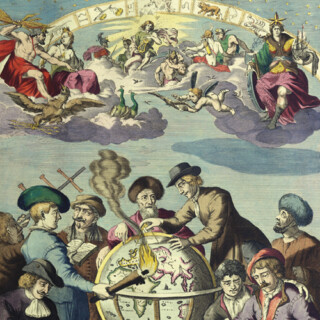“the Village is a playground, a place where he can ‘let his hair down’” (Fahey)
Map of the Greenwich Village Section of New York City.
New York,
Lawrence Fahey,
1961.
Chromolithograph map, backed on Japanese paper.
535 by 850mm. (21 by 33.5 inches).
21968
notes:
Stylish map of Greenwich Village, dating from the Village's heyday as an enclave of the avant-garde, the bohemian, and the counter-cultural.
The map covers the area that extends west-east from 7th Avenue to Broadway and north-south from 14th Street to Prince Street. Drawn on a modified perspective projection, it makes use of a high view-point, with streets and buildings drawn to scale, except where, as the "About the Map" section explains, the building would be ...
The map covers the area that extends west-east from 7th Avenue to Broadway and north-south from 14th Street to Prince Street. Drawn on a modified perspective projection, it makes use of a high view-point, with streets and buildings drawn to scale, except where, as the "About the Map" section explains, the building would be ...
bibliography:
provenance:








